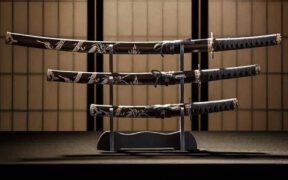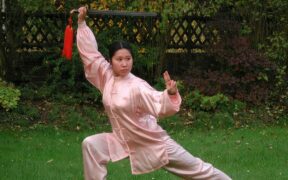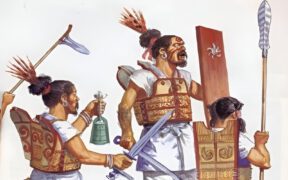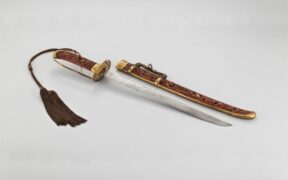Our content features commercial links to our products, committed to transparent, unbiased, and informed editorial recommendations. Learn More
Types of Japanese Sword Fighting and Their Weapons
NO AI USED This Article has been written and edited by our team with no help of the AI
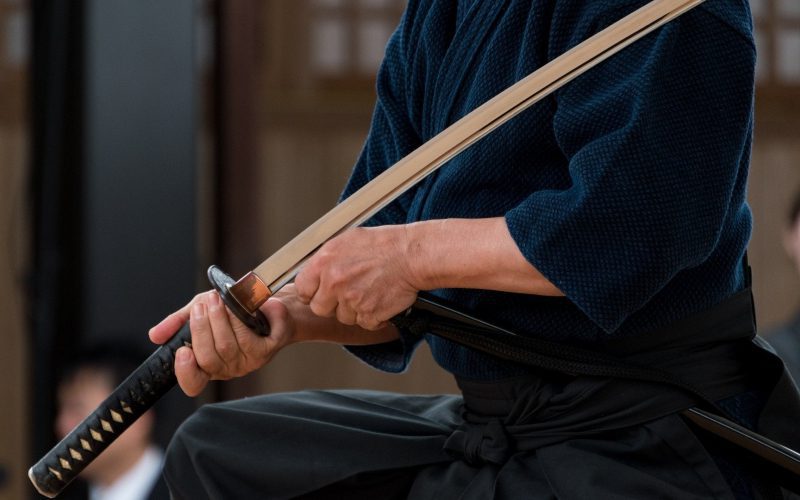
Several types of Japanese sword fighting were established in feudal Japan and are still being taught today. Sword fighting schools became influential, and some still exist in a revised form through their various offshoots.
Let’s explore the world of Japanese sword fighting and the different training swords used.
Types of Japanese Sword Fighting
In Japanese martial arts, jutsu means art, method, or technique, while do means way or path. The style of combat is often identified by the name of the weapon used, such as ken or sword in kenjutsu. Sometimes, it is described by the particular use of a sword, such as iai or drawing, in iaijutsu.
1. Kenjutsu
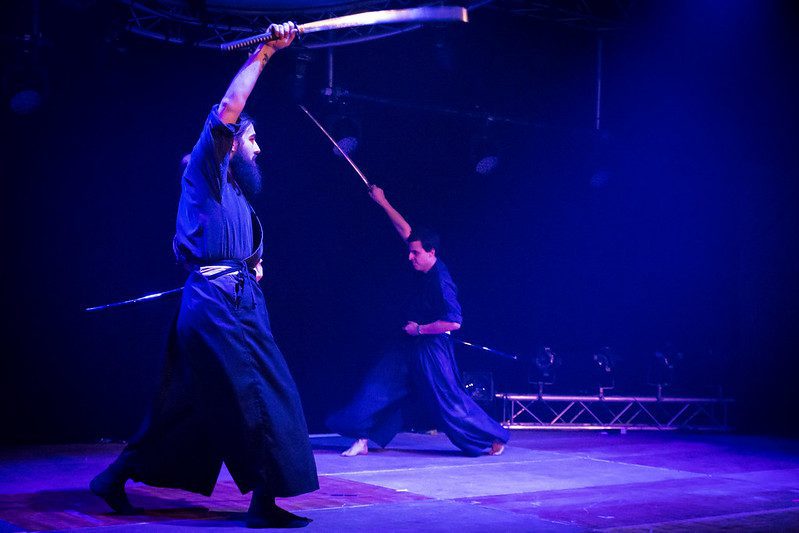
One of the highly respected martial arts, kenjutsu, the art of the sword, is based on battlefield experience. It is a performance art where dueling opponents perform kata or prearranged movements. The swordsman raises his sword and brings it down as if he intends to cut his opponent, but the blade must stop before touching the opponent’s body.
The most famous swordsman Miyamoto Musashi is often depicted wielding two bokken or wooden swords. His 17th-century work, The Book of Five Rings, also known as Go Rin No Sho, is a text on kenjutsu and narrates his famous duels and his skill in double swordsmanship.
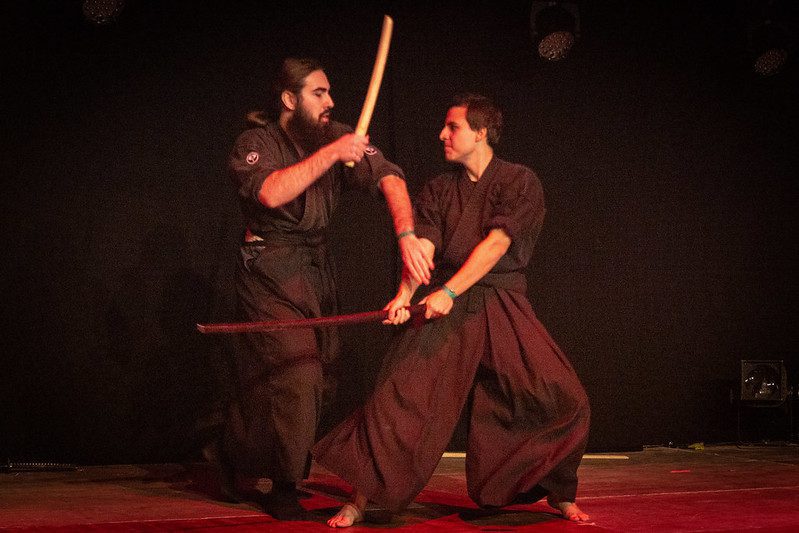
In training, kenjutsu practitioners utilize a bokken of similar size and weight to a Japanese katana sword. They also developed techniques using swords to defeat an opponent armed with other weapons, such as spears, halberds, sticks, and even shuriken.
2. Iaijutsu or Iaido
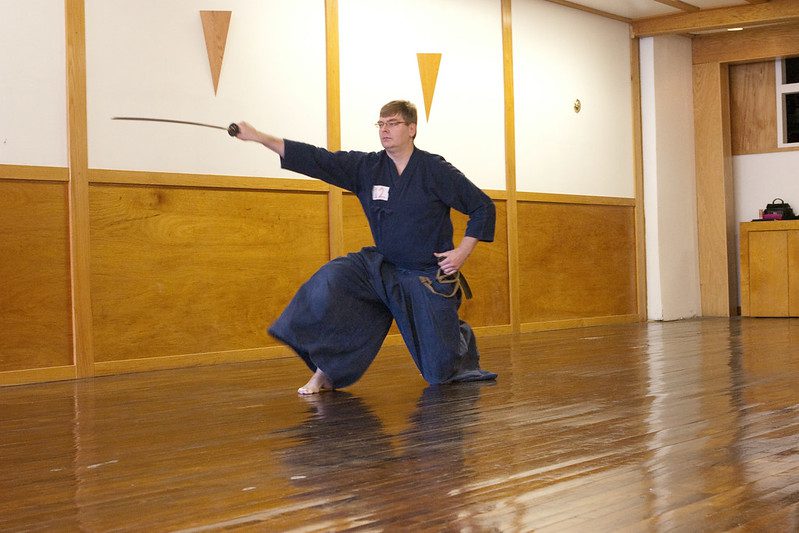
Both iaijutsu and iaido involve perfecting the control of the sword and attacking from scabbard. Before iaido emerged, the iaijutsu was developed as a way of drawing the sword out of its scabbard quickly to save crucial seconds in case of a surprise attack. It dates back to feudal Japan when samurai warriors began wearing their katana through the belt with the cutting edge upward, contrary to the tachi worn hung from the belt with the edge facing down.
Iaijutsu training consists of waza or technique, partner exercises, and tameshigiri or test cutting practice. In waza practice, practitioners use iaito, an unsharpened metal sword to develop the proper techniques in dealing with imaginary opponents who may attack alone or in groups from various angles. It also trains the practitioner to block and cut with proper stance and balance. They may practice with an unsharpened long sword katana or a short sword wakizashi.
In partner exercises, a practitioner develops proper timing, distance, and footwork. For safety, partner kata is performed with wooden swords or bokken. In tameshigiri, a sensei or martial arts instructor uses a shinken or a live blade to cut through targets like tatami mats and bamboo.
Known for its defensive sword drawing, the iaido movements include drawing the sword from its scabbard, cutting, removing the blood, and sheathing the blade. Modern iaido is a non-competitive art, though, in competitions, two practitioners perform kata side by side, with a panel of judges deciding on the winner.
3. Ninjutsu
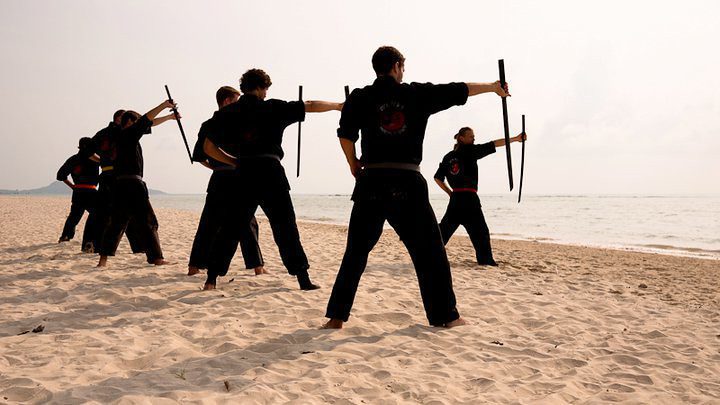
The ninjas were groups of spies and assassins of the powerful lords of feudal Japan, and the ninjutsu was derived from their training and practices. However, ninjutsu consists of several disciplines, from sword fighting techniques to unarmed combat, throwing edged weapons, and using fire or explosives. Each ninja could master all these arts and had training in disguise, concealment, and unusual methods of attack.
The ninjas generally used ninjato swords, usually with straight blades and longer hilts than the usual samurai sword, and they served as a multifunctional tool. They mastered the skill of pulling the sword out of its scabbard in confined spaces and using it while walking, especially when moving along a wall or jumping through obstacles.
All weapons and techniques of the ninja were designed to mislead their enemies. Some sword techniques included pulling a sword with the left hand, then striking the opponent with the handle, or pulling the sword from behind the back. There are several schools of ninjutsu, the majority of which teach a mix of ninja skills and samurai fighting arts.
4. Kendo
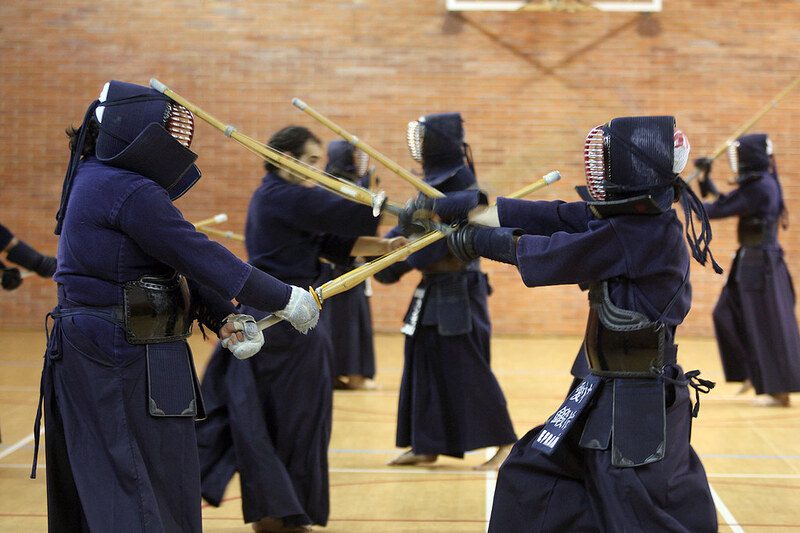
Kendo, the way of the sword, developed from sword techniques used on the ancient battlefields of Japan. The name is relatively modern and was not commonly used until 1920. It involves fencing with a bamboo sword or shinai, and practitioners wear protective equipment called bogu or kendo-gu.
In shinai training, fights take place in a ring, and points are given for target strikes to specified parts of the body. The wearing of protective equipment allowed competitors to engage in striking without fear of injury. In the training hall or dojo, practitioners use wooden swords, bokken, or bokuto for kata training—the Nihon Kendo Kata—and are not required to wear protective equipment.
Kenjutsu vs. Iaijutsu
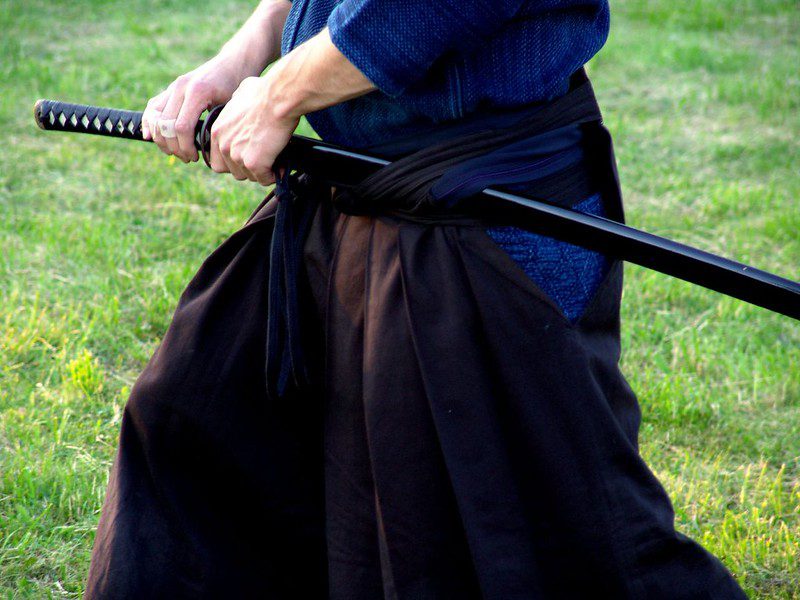
The iaijutsu or iaido focuses on techniques of drawing the samurai sword and returning it to its scabbard, while the kenjutsu refers to various cuts and blocks that a warrior would use after his sword had been unsheathed. The prearranged movements or katas of kenjutsu and iaijutsu were both derived from the battlefield, though the latter could be practiced alone.
A wooden sword or bokken can be used for solo and partnered practice, but an iaito is needed in iaijutsu or iaido training because you need a scabbard from which to unsheathe the samurai sword. An iaito is often a Japanese-made, aluminum alloy blade, which is not designed to be sharpened. Young practitioners of kenjutsu and iaijutsu could also opt for a shoto iaito or short sword wakizashi if the daito iaito or long sword katana is too long to use.
Kenjutsu vs. Kendo
Kenjutsu is an aggressive style of swordsmanship designed for practical combat to incapacitate or kill an enemy. On the other hand, kendo developed from kenjutsu to use sword practice for personal development rather than for combat.
Kenjutsu practitioners utilize the wooden sword or bokken as it is durable, inexpensive, an nonlethal for practice and contests. On the other hand, kendo evolved into a sport that uses a bamboo sword or shinai to safeguard competitors in training.
In kenjutsu demonstration, the swordsman performs kata or prearranged movements, where he seems to fight his opponent, but the sword blade would not touch the opponent’s body. On the contrary, kendo fighters in competitions hit specific targets in their opponent’s body.
Martial Arts Schools of Japanese Swordsmanship
Various Japanese martial arts were developed, with several styles or ryugi still being taught today in schools or ryuha. Several martial arts schools teach a broad range of skills, but modern practice often focuses on Japanese swords. However, different schools may also have different ideologies and training methods.
1. Tenshin Shoden Katori
Translated as the True and Correct Martial Tradition of the Gods, the Tenshin Shoden Katori is one of the oldest Japanese martial arts systems. Originally, the training included warfare strategy, intelligence gathering, and divination, alongside esoteric schools of Buddhism.
It includes a wide range of skills, but the Japanese sword is an essential element of the art. Today, martial arts practitioners use single and double swords of varying lengths and train in kenjutsu, iaijutsu, ninjutsu, and others.
2. Yagyu Shinkage Ryu
Also called Yagyu New Shadow School, the Yagyu Shinkage Ryu is one of the oldest schools that teach the use of the short sword wakizashi, though some practices also focus on the long sword katana. It brought changes to aspects of Japanese swordsmanship, such as posture and grip. In the past, the sword art was taught to the shogunate, the military government, and became the sword system of the Tokugawa.
Samurai warriors customarily wore the daisho, a pair of long and short swords. While inside a castle, they only carried a wakizashi, so it was necessary to be skilled with short sword fighting in case of a sudden attack. On the battlefield, the short sword was efficient against enemies armed with spears, as it allowed fast movements. In modern times, the current curriculum includes aspects of kenjutsu, bojutsu, and shurikenjutsu.
3. Shindo Yoshin Ryu
The New Way of the Willow Heart School, or the Shindo Yoshin Ryu, consists of combinations of sword work used in kenjutsu and techniques in jujutsu. Its philosophy is that gracefulness or soft-flowing movements are more powerful than using brute force.
The samurai Katsunosuke Matsuoka founded the school and combined several teachings of martial-art schools into his art, which became significant in the development of Japan’s most popular styles of karate, Wado Ryu.
4. Toyama Ryu
The modern sword art of the Toyama School is derived from the techniques and philosophy of the samurai. It is based on the art of drawing a sword while also incorporating spiritual elements that governed the swordsmen of feudal Japan. After studying European warfare techniques during World War I, the Japanese Imperial Army adapted their moves for the katana for use on the battlefield.
5. Nakamura Ryu
Nakamura Taizaburo founded the Nakamura Ryu while teaching kenjutsu in Northern China. He was inspired with the thought that the eight rules of calligraphy, the eiji happo, could be applied to the rules of Japanese swordsmanship. The strokes of the brush traced the trajectories of the sword when cutting. Generally, practitioners learn basic sword techniques, but there is no sparring.
Aikido and Japanese Swordsmanship
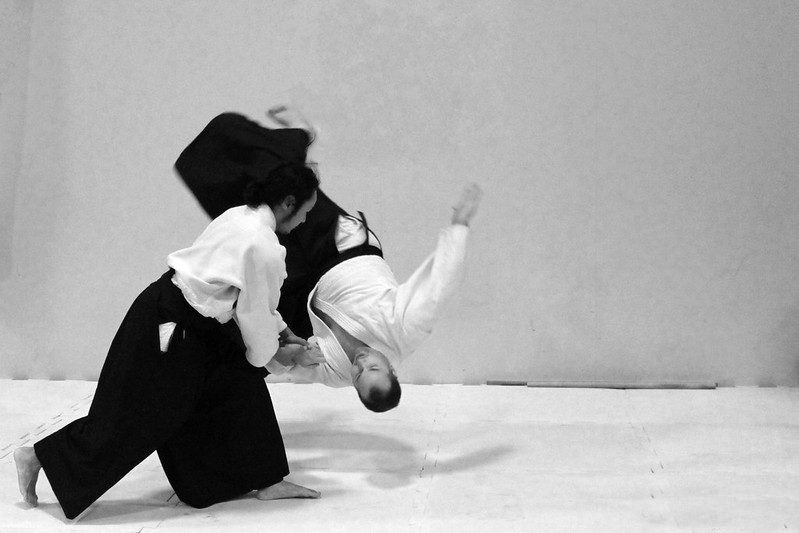
The aikido, the way of harmony, is not a sword fighting technique to defeat an opponent. However, it derives its technical knowledge from kenjutsu and is influenced by other Japanese weapon-based systems. It resembles the fighting methods of judo in throwing techniques and its goal of turning the strength and momentum of the opponent against himself.
Generally, the principles of unarmed techniques are the same as the weapon techniques. So, aikido practitioners also utilize the bokken to develop the proper movements, distance, and timing. It is difficult to hone the skills needed in aikido without using wooden weapons and understanding the Japanese swordsmanship.
In solo training drills, aikido practitioners develop their sword handling techniques, which could be practiced in freestyle or choreographed kata or forms. In paired training, practitioners develop their accuracy or the skill to place the blade into their intended target area. They also train against several weapons, including bokken or jo, a wooden staff.
History of Japanese Sword Fighting
Japanese martial arts have two types: the kobudo, or classical budo, and the gendai budo, or modern budo. While the kobudo dates back to ancient Japan, the gendai budo emerged after the samurai era ended in 1868. Kenjutsu was one of the arts that samurai warriors, depending on rank, were required to learn.
Development of Japanese Martial Arts
Japanese interest in Chinese culture started during the Tang dynasty, from 618 to 907 CE, and the fusion of ideas between Japan and China was widespread, including martial arts. By the Kamakura period, from 1192 to 1333, clan leaders fought alongside their families and martial arts were used in battlefield combat. The quality of weapons, especially swords and halberds also greatly improved.
The warriors developed individual styles, which were handed down through families. In Muromachi period, from 1338 to 1573, different styles or ryugi were first officially taught. Warriors fought several opponents on the battlefield, so sword techniques favored the use of various blocking and attacks, with the aim of a quick kill.
Even in the peaceful time of the Edo period from 1603 to 1867, the samurai continued developing sword arts to maintain their military preparedness. Dueling became common, and they refined fighting techniques, creating categories in the fighting arts, including the sword fighting or kenjutsu, fast sword-fighting or iaijutsu, and others that utilized Japanese weapons.
Martial arts schools or ryuha flourished during the 17th century, and by the 19th century, there were about seven hundred schools of kenjutsu. The martial arts and several styles developed during the Edo period were passed down to the present time. When the Japanese government banned the carrying of swords in 1876, the empty-hand martial arts also became popular.
Samurai Swords and Bushido
The term bushido, meaning the way of the warrior, was the samurai code of honor. Bushido shaped the principles of several martial arts in Japan and all over the world. In the samurai warrior culture, the bushido encouraged virtues such as honor, loyalty, courage, justice, politeness, benevolence, and truthfulness—and warriors trained not only their bodies but also their minds.
In ancient Japan, early warriors were notorious for destroying and beheading their enemies to ensure that spirits could not return. By the late Heian period, Japanese warriors embraced Buddhism, which taught them compassion for their opponents that would enable them to survive. They also regarded katana as the embodiment of the samurai’s soul and bushido.
Conclusion
Japan is one of the major regions from which sword fighting in martial arts is widely practiced today. Different types of Japanese sword fighting are suited for different purposes, so it is hard to say that one style is superior to the rest. Today, kenjutsu, iaijutsu or iaido, and kendo remain popular among martial arts practitioners.
